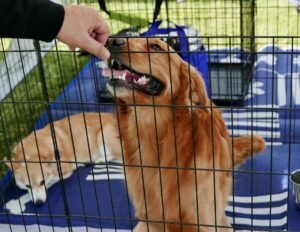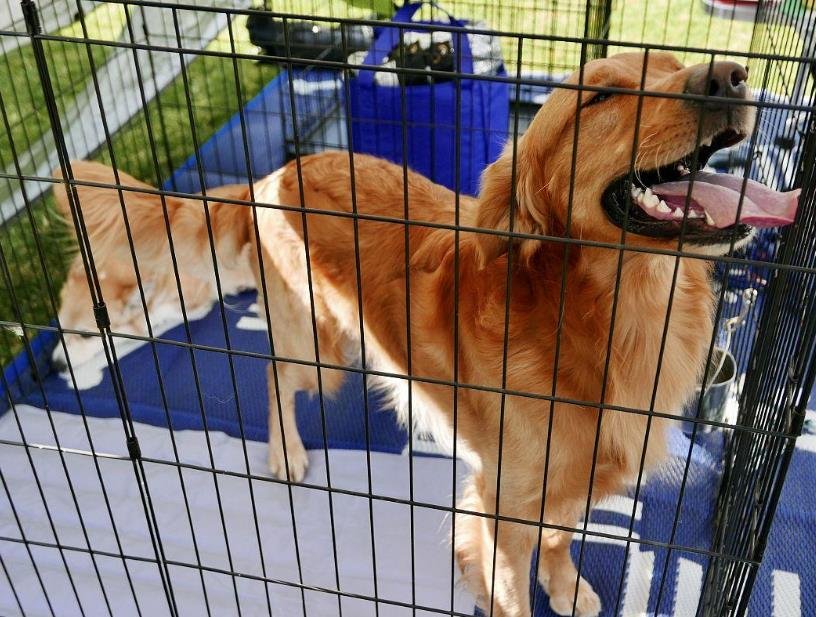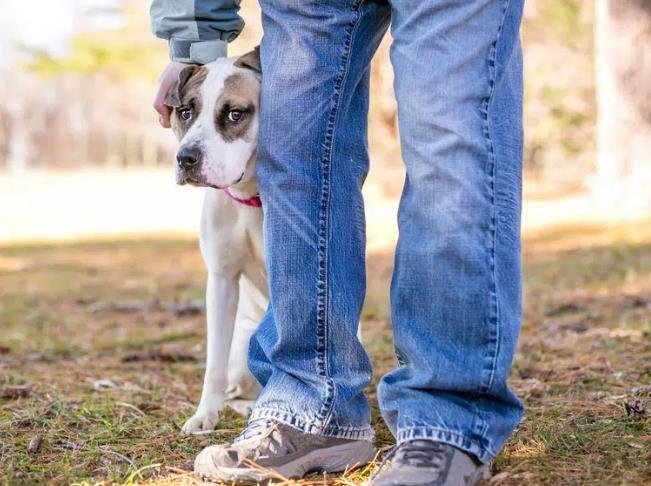Crate training is a useful tool for dog owners as it helps with house-training, provides a safe space for your dog, and aids in managing their behavior. Here are some steps to crate train your dog or puppy:

1. Choose the right crate: Select a crate that is big enough for your dog to stand up, turn around, and lie down comfortably. However, avoid getting one that is too large as dogs may be more likely to use a crate as a bathroom if there is excess space.
2. Introduce the crate gradually: Make the crate a positive and inviting place. Leave the door open and place treats, toys, and bedding inside, encouraging your dog to explore it willingly.
3. Associate positive experiences: Feed your dog near the crate, placing their food bowl closer to the entrance each time. This will help create a positive association with the crate.
4. Use verbal cues and rewards: Encourage your dog to enter the crate by using a specific command, such as “crate” or “kennel,” and reward them with praise or treats when they go inside willingly. Repeat this step several times until your dog understands the command.

5. Close the crate door gradually: Once your dog is comfortable going into the crate, start closing the door for short periods while keeping an eye on their reactions. Increase the duration gradually, ensuring they remain calm and relaxed.
6. Extend crate time incrementally: Begin leaving your dog in the crate for longer periods, starting with a few minutes and gradually increasing the duration. Provide them with engaging toys or treats to keep them occupied during this time.
7. Avoid punishment: Never use the crate as a form of punishment. It should always be a positive and safe space for your dog.
8. Establish a routine: Create a consistent schedule for crate usage, such as using it during nighttime or when you’re away from home. Dogs thrive on routine, and having a structured crate routine will help them adjust more easily.
9. Gradually increase freedom: As your dog becomes comfortable spending time in the crate, you can start allowing them supervised access to other areas of your home. However, remember to monitor their behavior and gradually increase their freedom over time.
10. Be patient and persistent: Crate training takes time and effort. Stay patient, provide positive reinforcement, and be consistent with the training process. Every dog is unique, so the timeline for successful crate training may vary.
Remember, crate training should be a gradual process based on positive reinforcement. It’s important to make the crate a comfortable and secure space, rather than a place of punishment.








